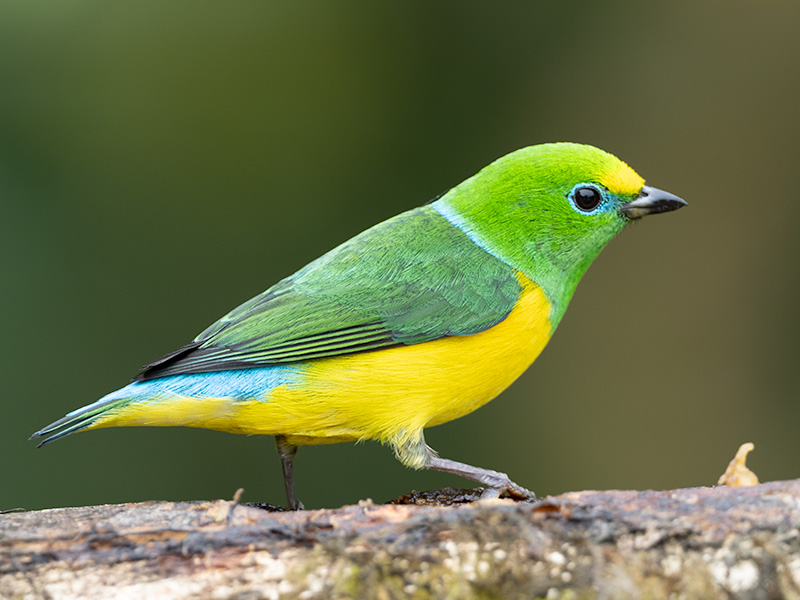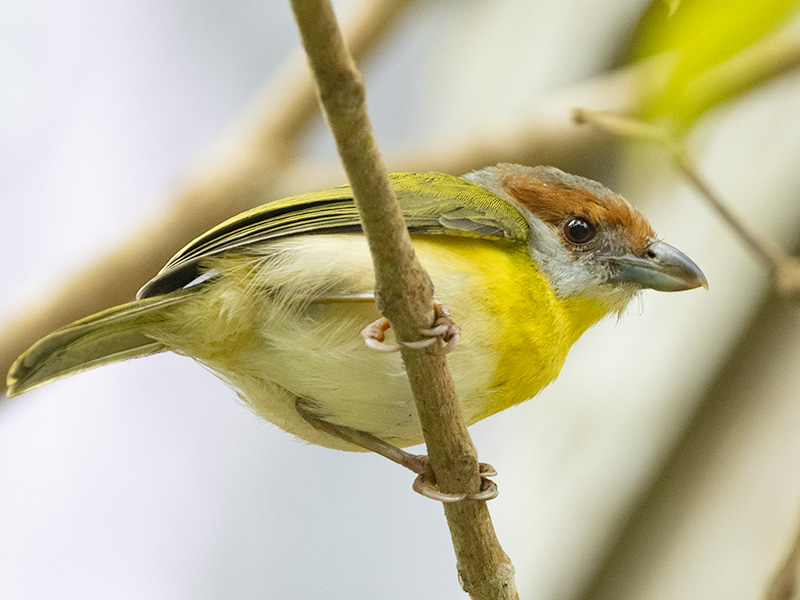The tour started in Barranquilla on the Caribbean coast, which we reached by flying Avianca from London via Bogota. We spent one night at the Barranquilla Plaza Hotel where we met our guide Giancarlo Ventolini and then had a chance to explore part of the city. Preparations for the carnival were well underway and there was a lively feel to this tropical city.
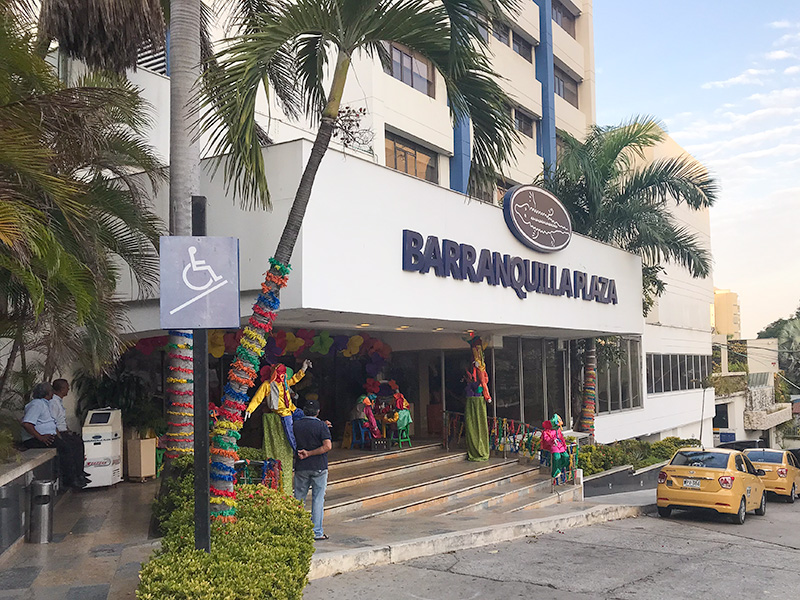
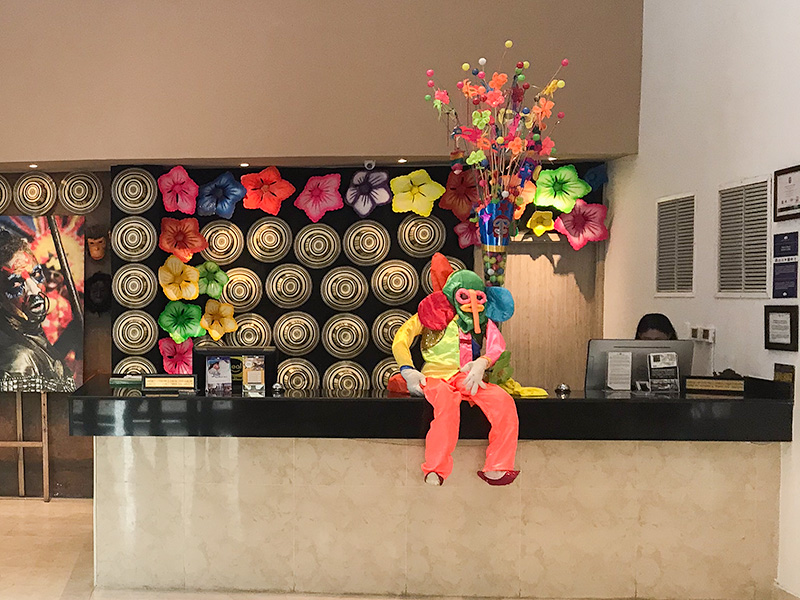
After a very pleasant dinner at the Barranquilla Plaza hotel, next day we started early to make the most of the birding. First stop was close to the University of the North just outside Barranquilla where a target bird was the endemic Chestnut-winged Chachalaca, which we quickly saw along with a Bicoloured Wren and Brown-throated Parakeet.
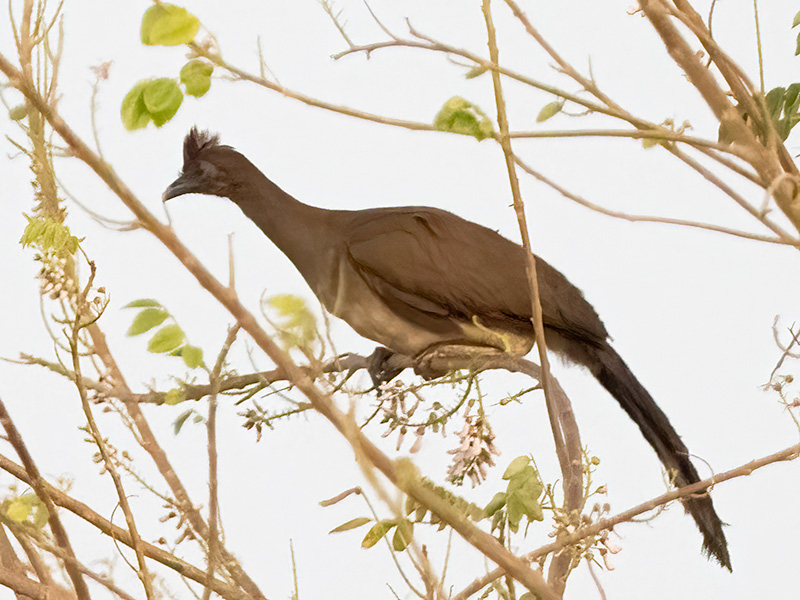
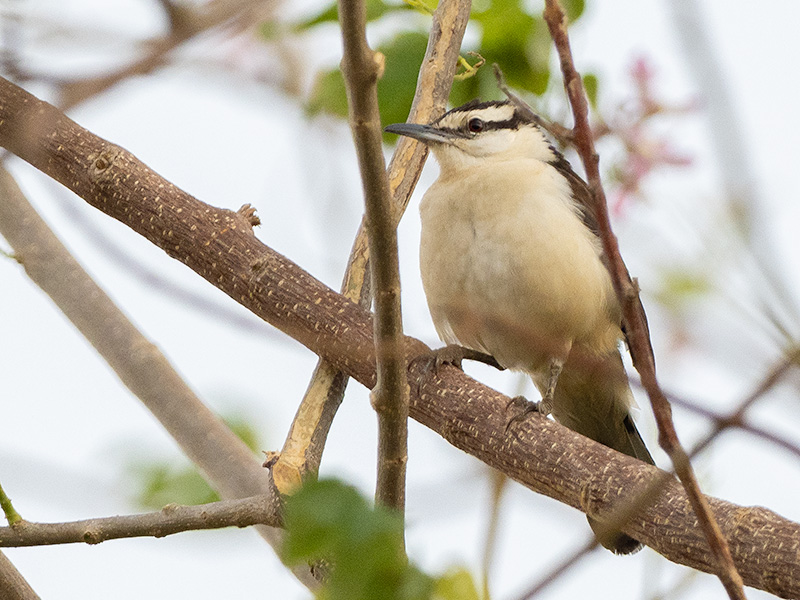
We then moved to the marshland east of Barranquilla where there was a good variety of water birds and passerines, including Pied Water Tyrant, Black-necked Stilt, Solitary Sandpiper, Roseate Spoonbill, Russet-throated Puffbird and Stripe-backed Wren.
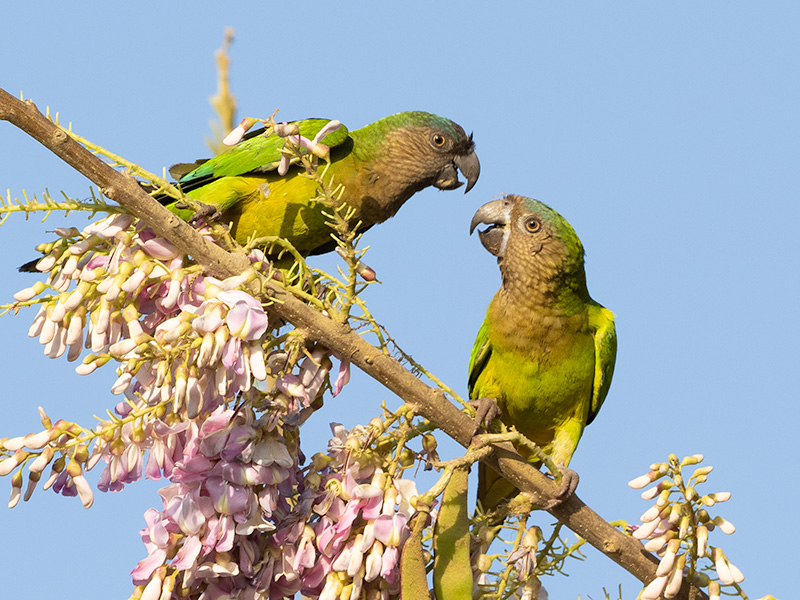
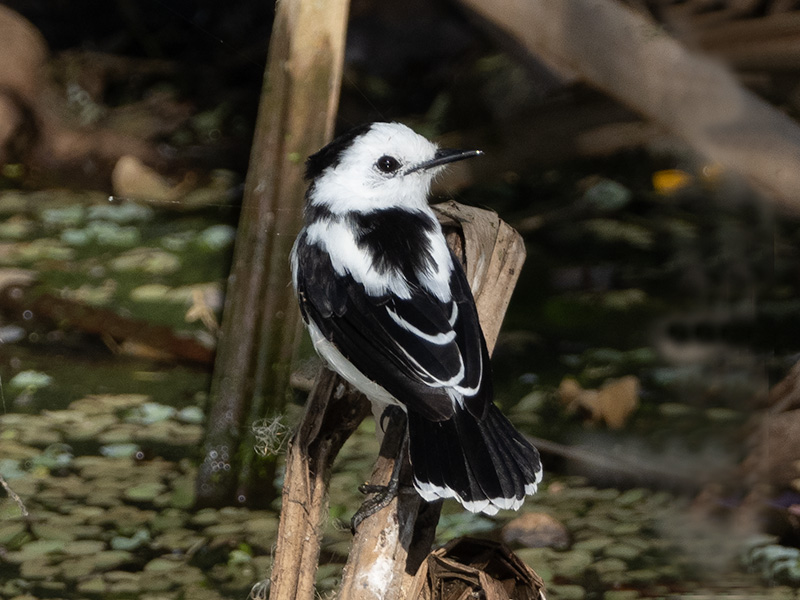
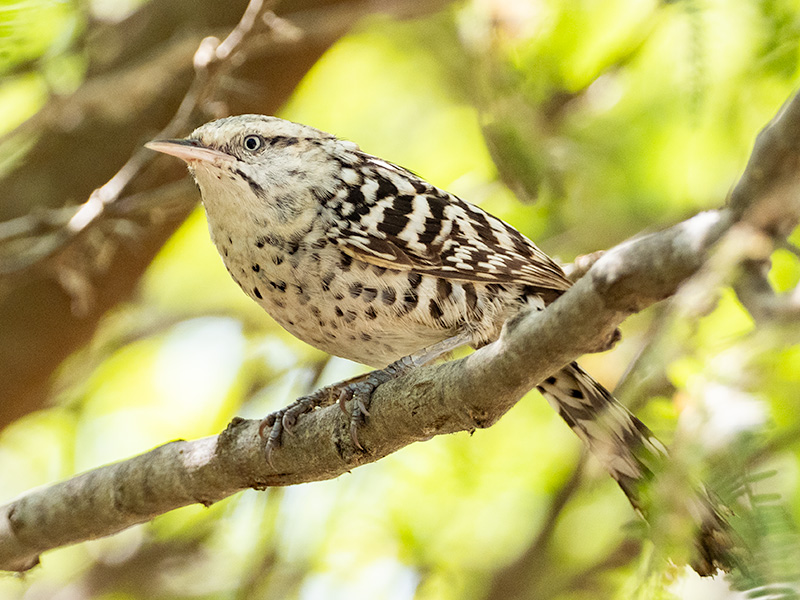
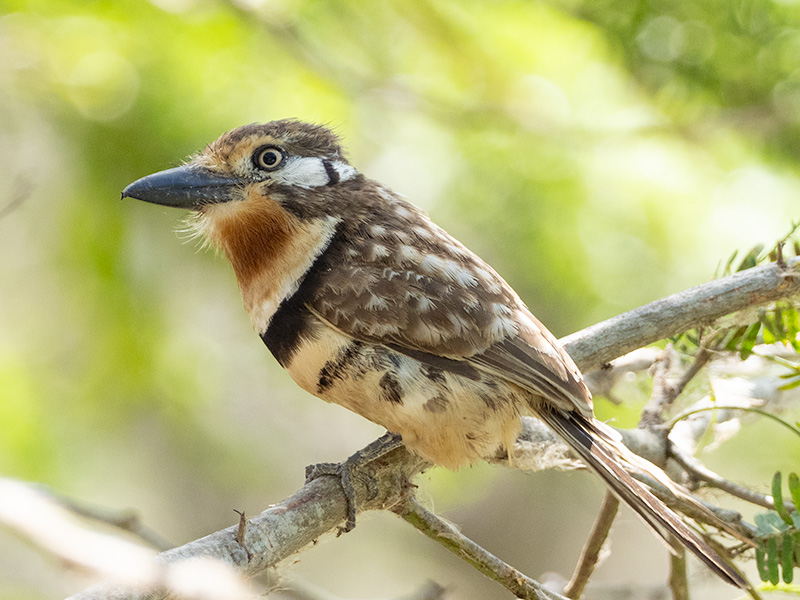
Driving eastwards we crossed the string of islands leading towards the town of Santa Marta where we had lunch at the Restaurant El Rancho. On the way we had stopped next to the busy highway and did some birding near the coast where we had distant views of Sanderling, Royal Tern, Semipalmated Plover and Willet. After lunch we continued eastwards towards Riohacha and went birding down the minor road towards El Povenir. This was our first forest birding of the trip and we saw Blue Dacnis, White-necked Puffbird, Trinidad Euphonia, Crimson-backed Tanager, Lance-tailed Manakin and a Lesser Nighthawk roosting. At one point a Colombian Red Howler monkey peered down at us from the trees.
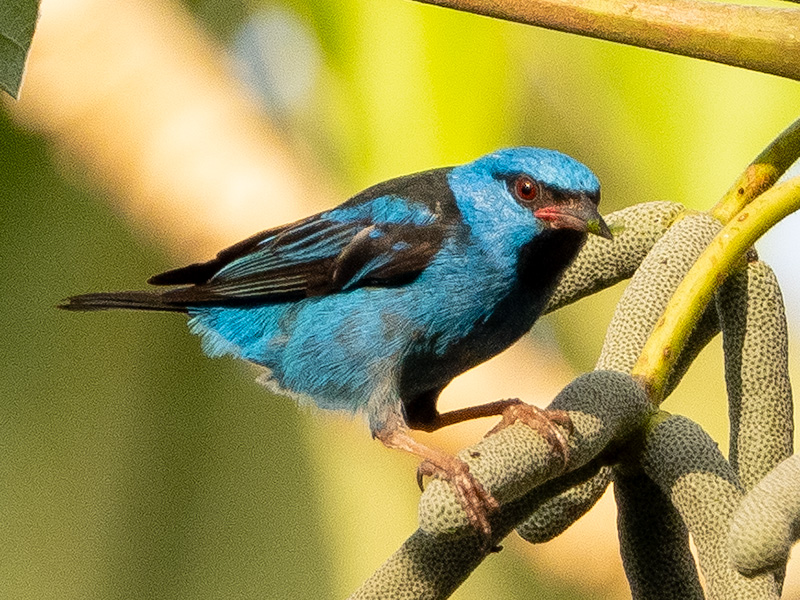
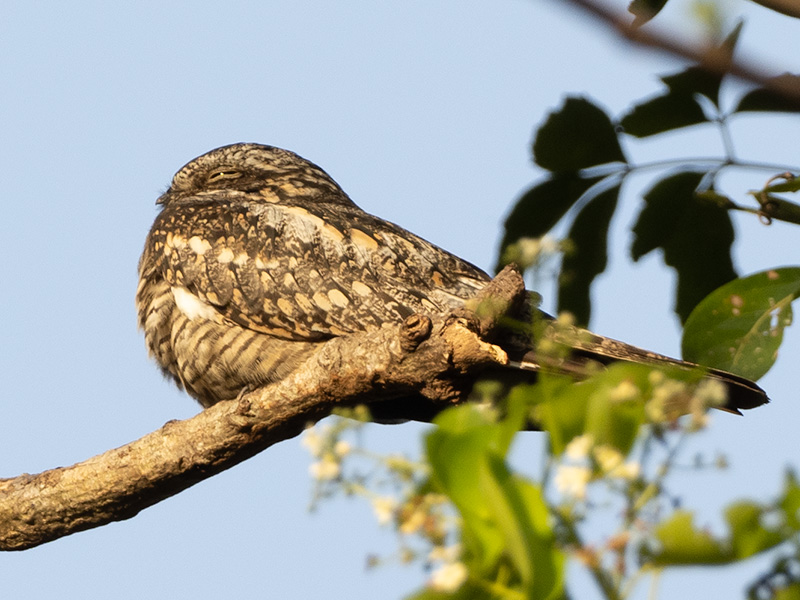
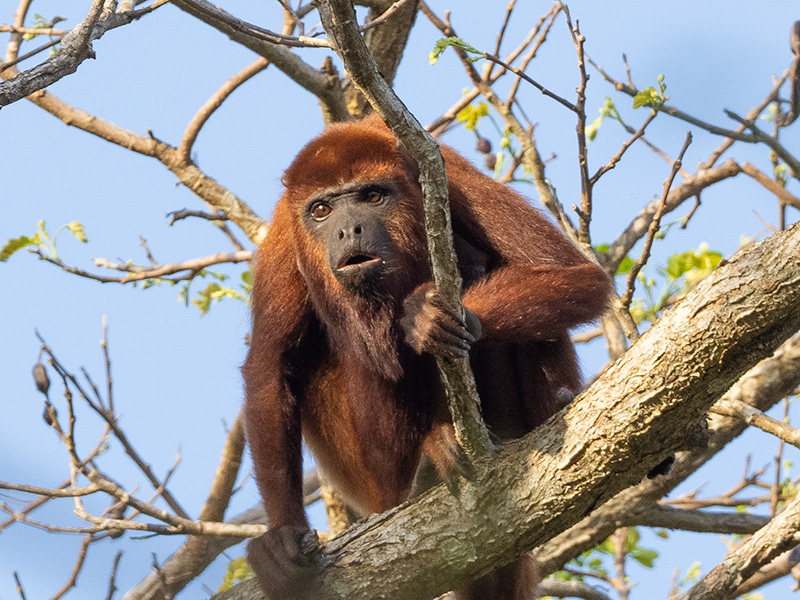
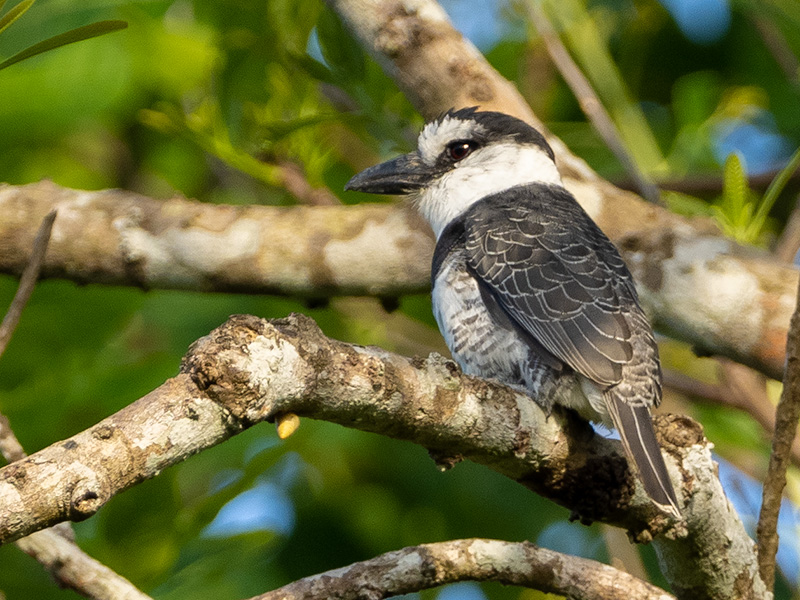
We spent two nights at the Hotel Taroa in the centre of Riohacha with the full day in between being spent exploring the dry deciduous habitat of La Guajira and Camarones. In the morning we used a local guide Jose from the Wuyuu ethic group who knows the birds of the region well. He succeeded in finding us one of our main target birds the Tocuyo Sparrow, along with Straight-billed Woodcreeper, Chestnut Piculet and White-fringed Antwren.
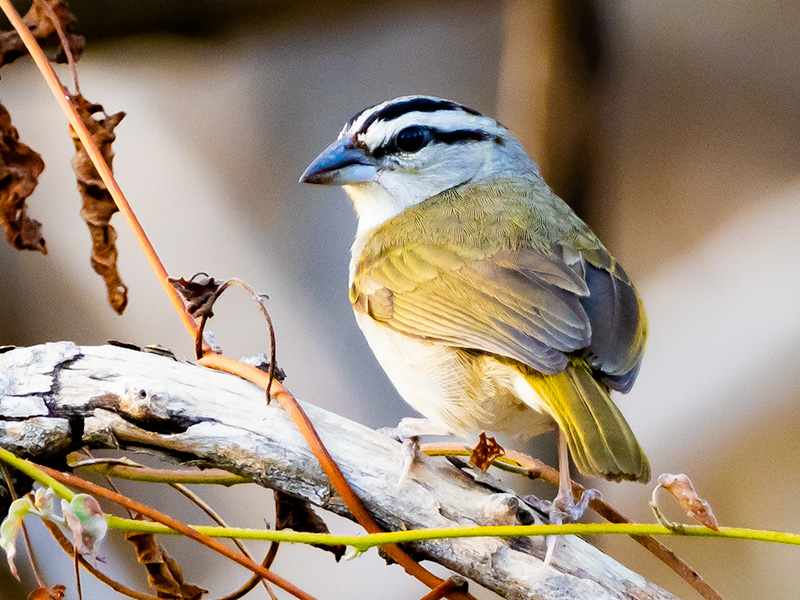
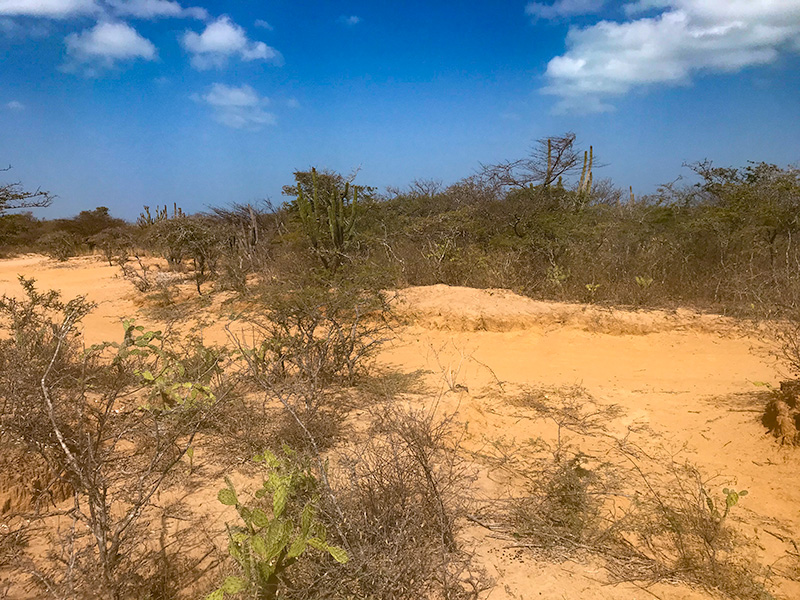
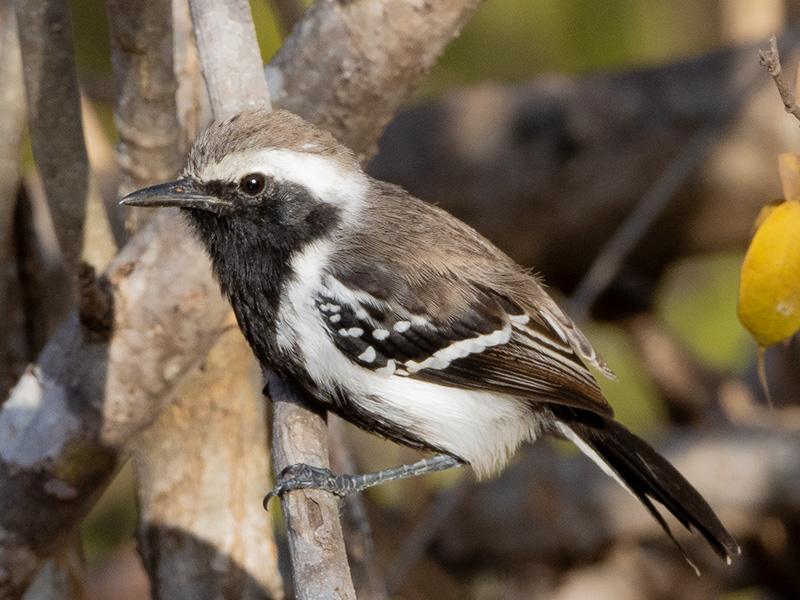
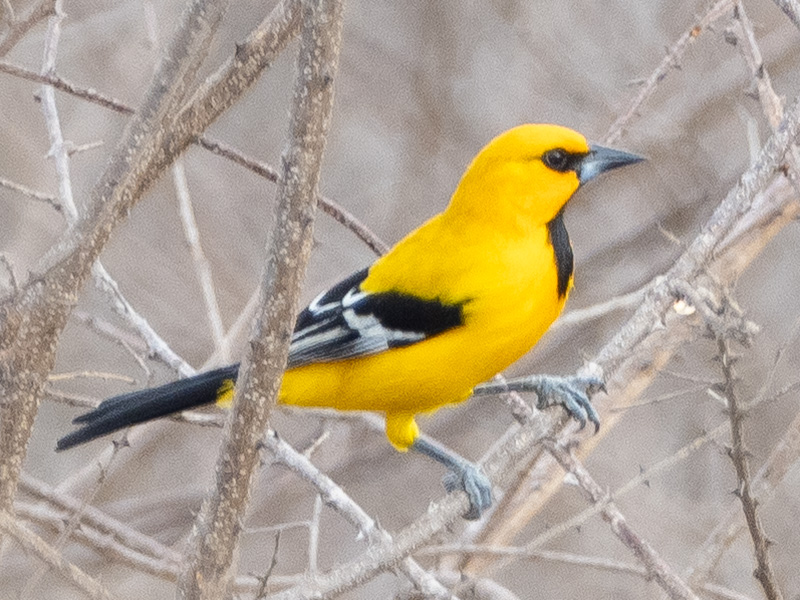
After breakfast we visited a small reserve on the coast near Boca de Camarones. Here the owner kepts a number of well-stocked feeders that drew in a wide range of birds, including Vermillion Cardinal, Bananaquits, Yellow Oriole, Pileated Finch and Scaled Dove. We saw an impressive Magnificent Frigatebird fly over.
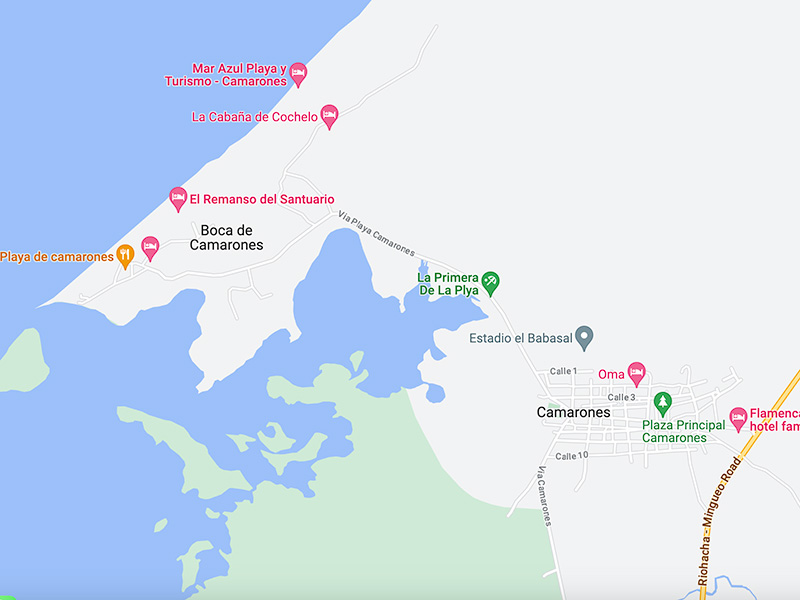
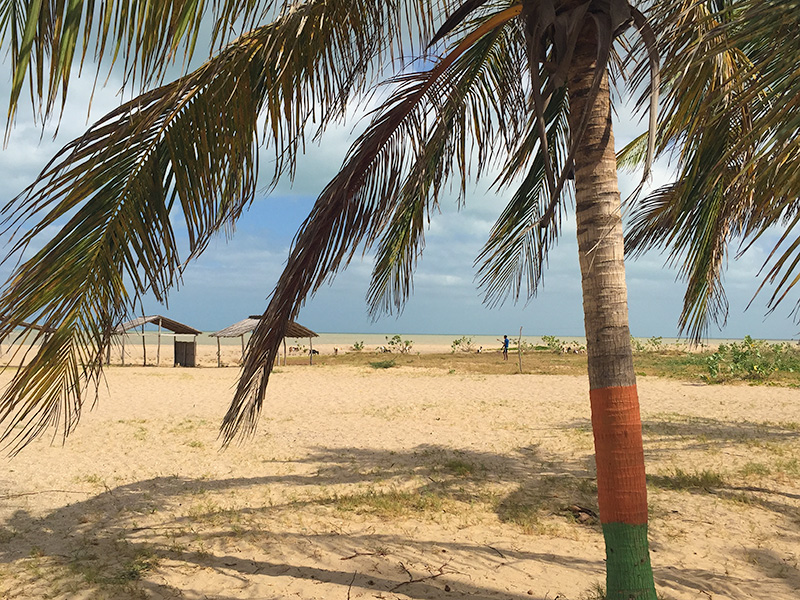
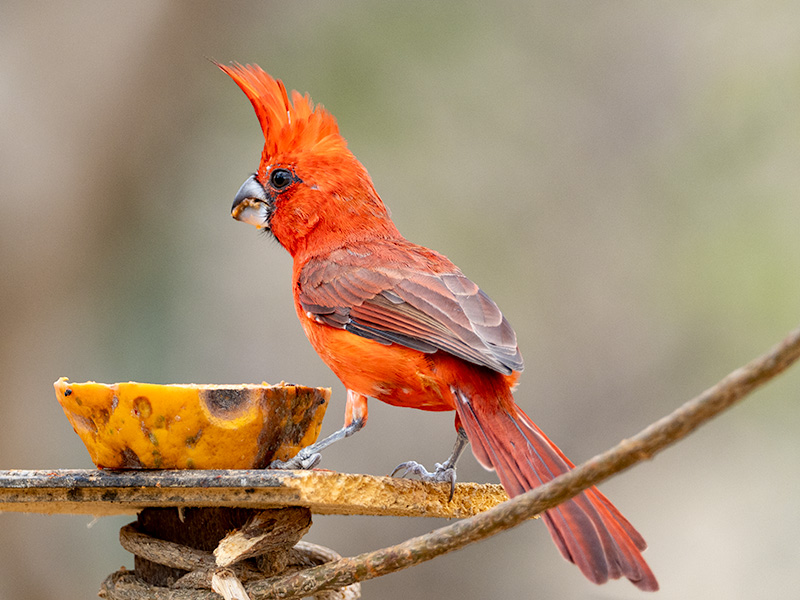
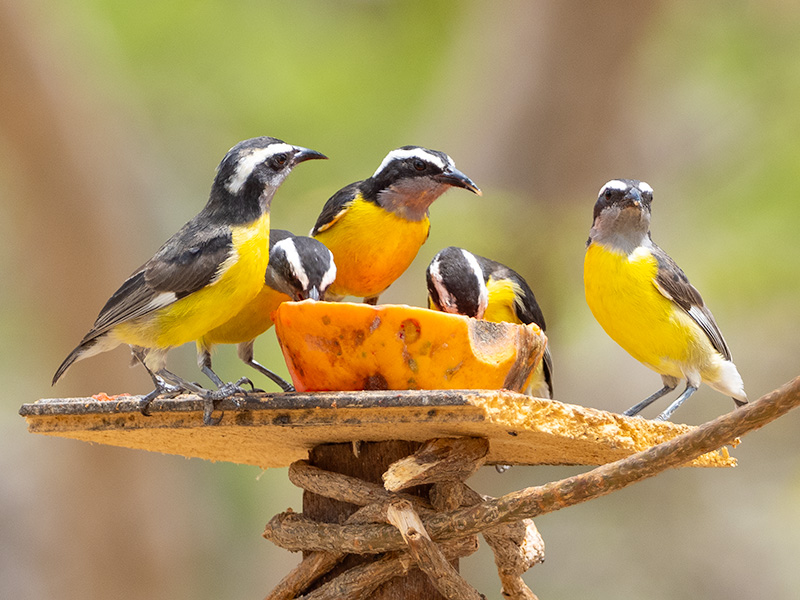
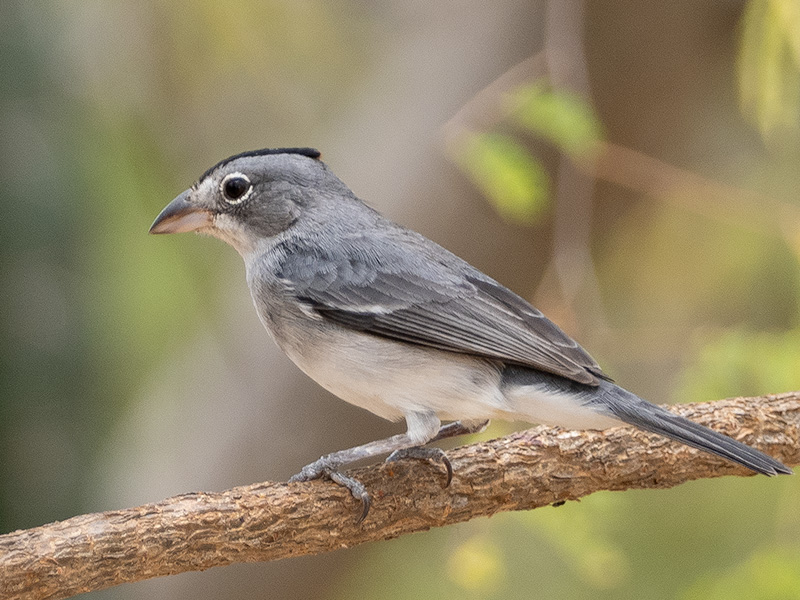
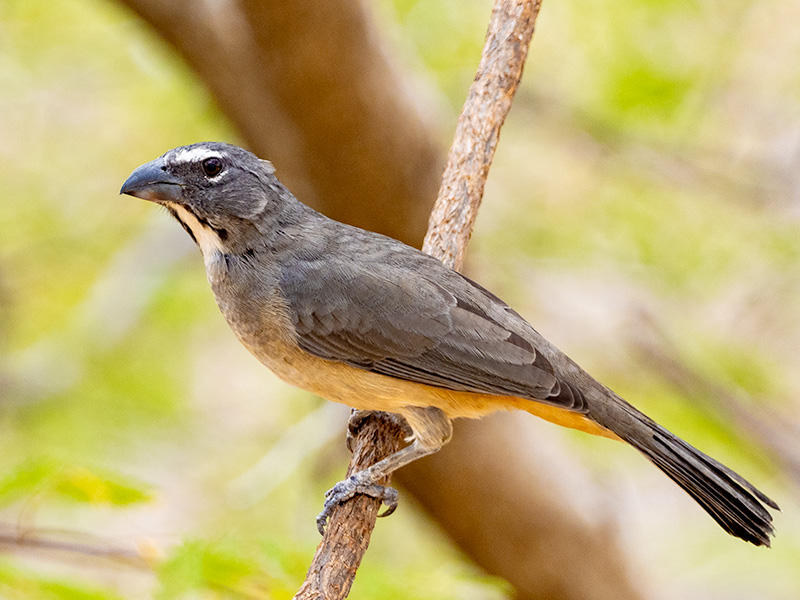
In the afternoon we explored more of the coastal area of Guajira and saw some new birds including Black-crested Antshrike, Red-crowned Woodpecker and Buffy Hummingbird.
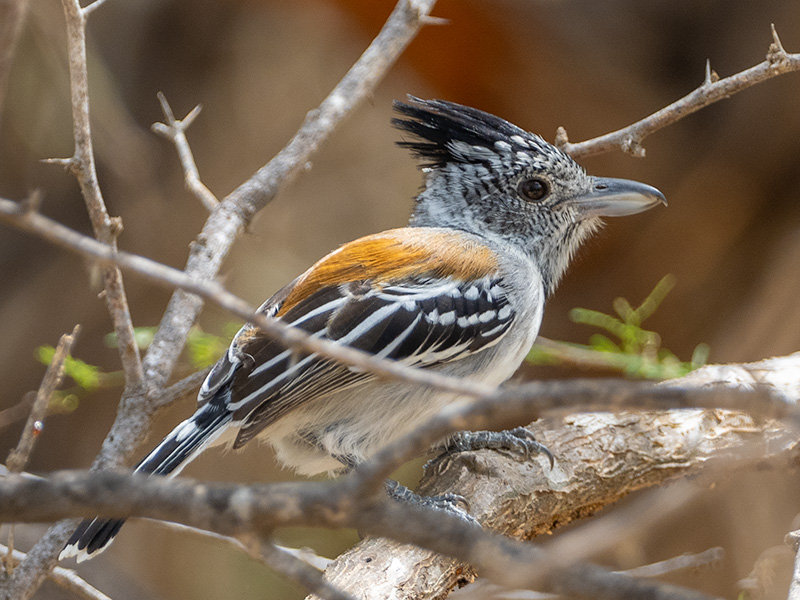
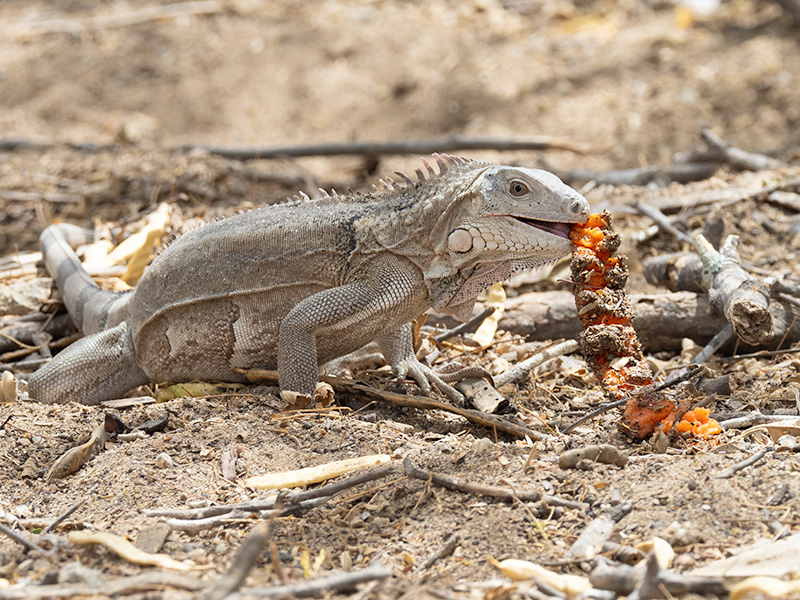
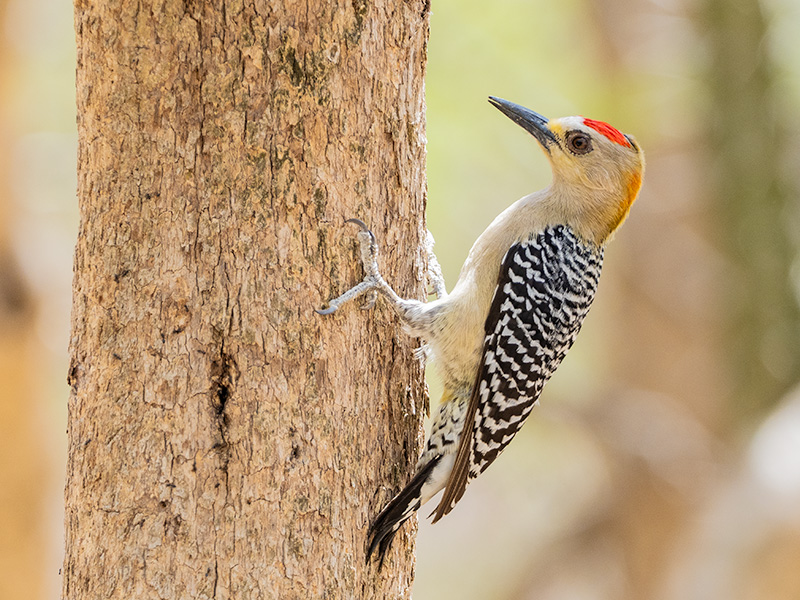
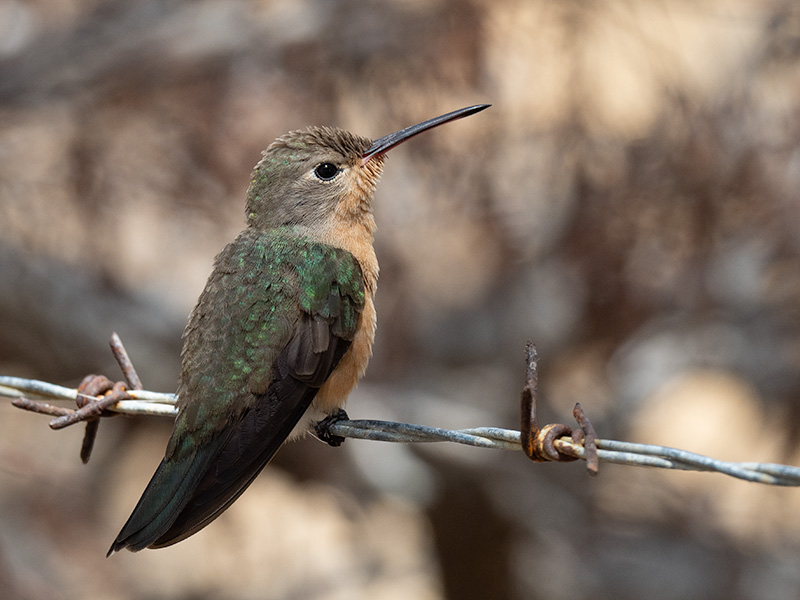
Towards the end of the day we visited the tip of the peninsula of Boca de Camarones and viewed birds close to the shore. We saw White Ibis, Wilson’s Plover, Snowy Egret, Laughing Gull, Willet and Spotted Sandpiper.
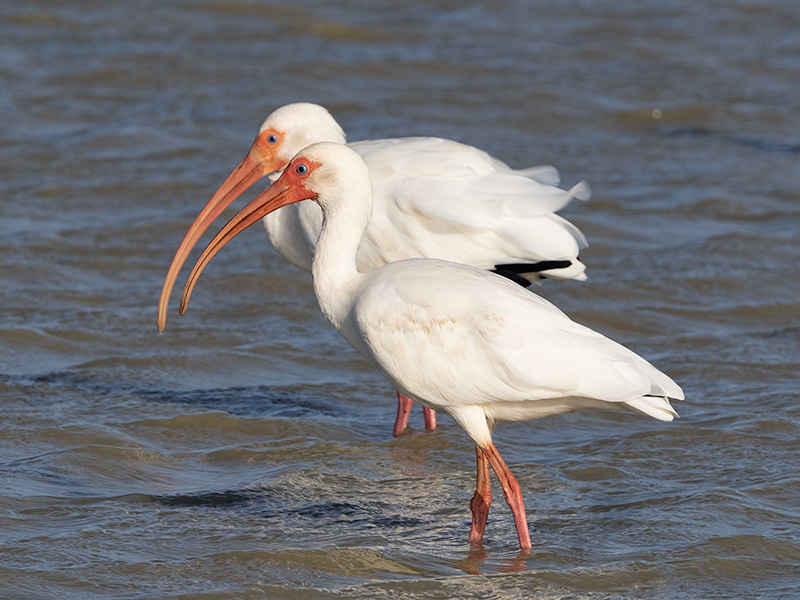
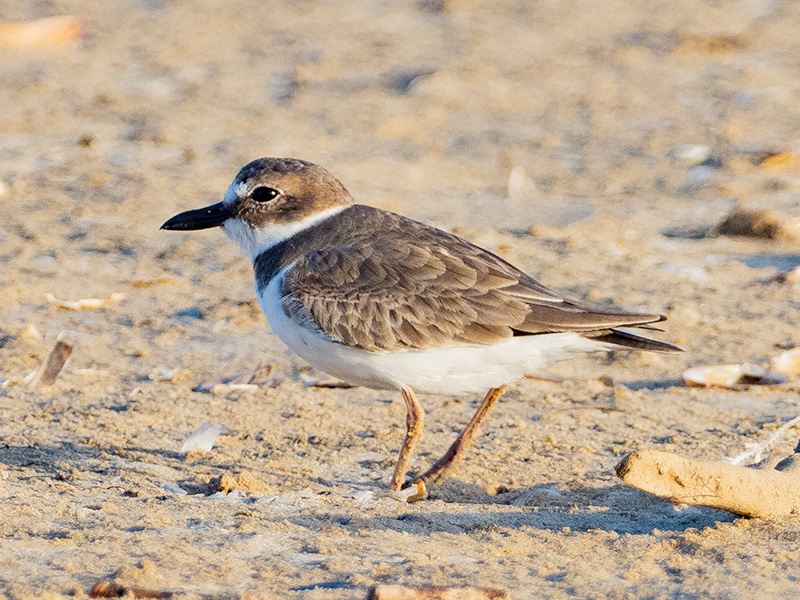
On day 4 of our trip (21 February) we started with more birding in the dry habitat to the southeast of Camarones, seeing Bare-eyed Dove, Double-striped Thick-knee, Slender-billed Tyrannulet, Vermillion Flycatcher, Wood Stork, Scrub Greenlet, White-whisked Spinetail and a very distant Green-rumped Parrotlet.
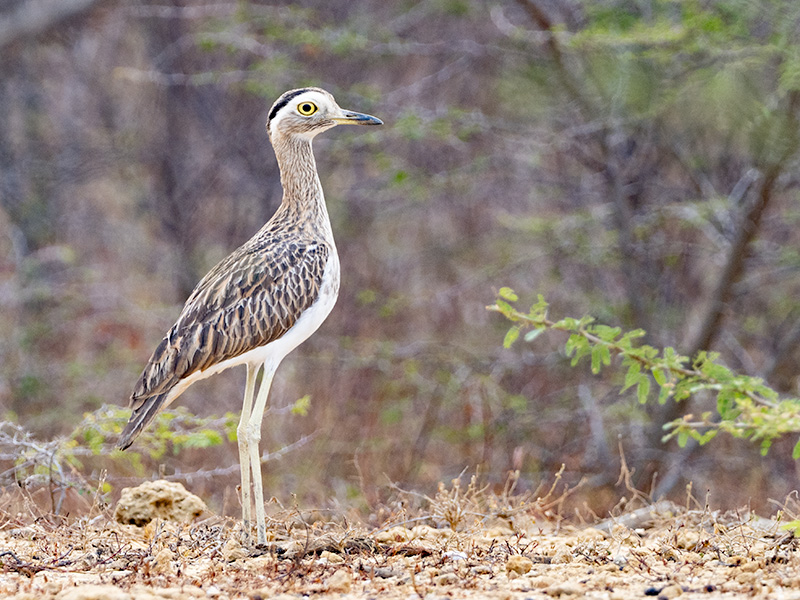
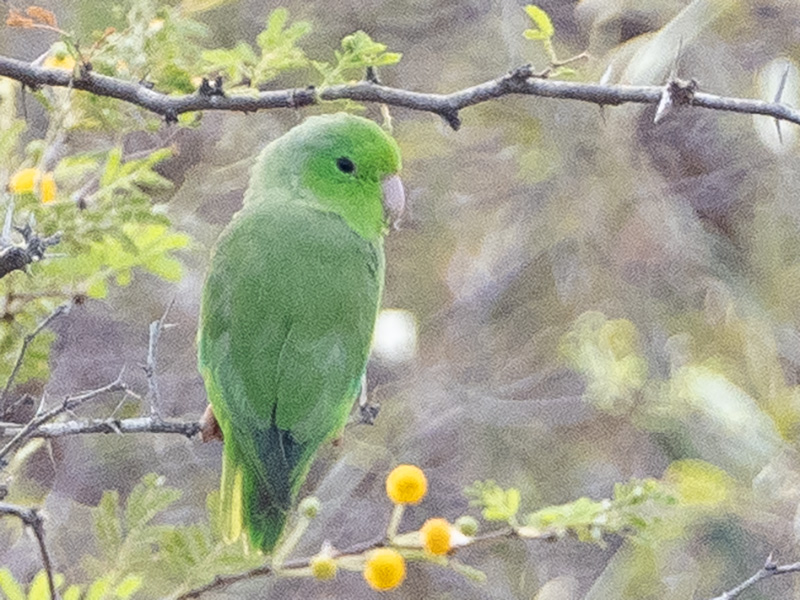
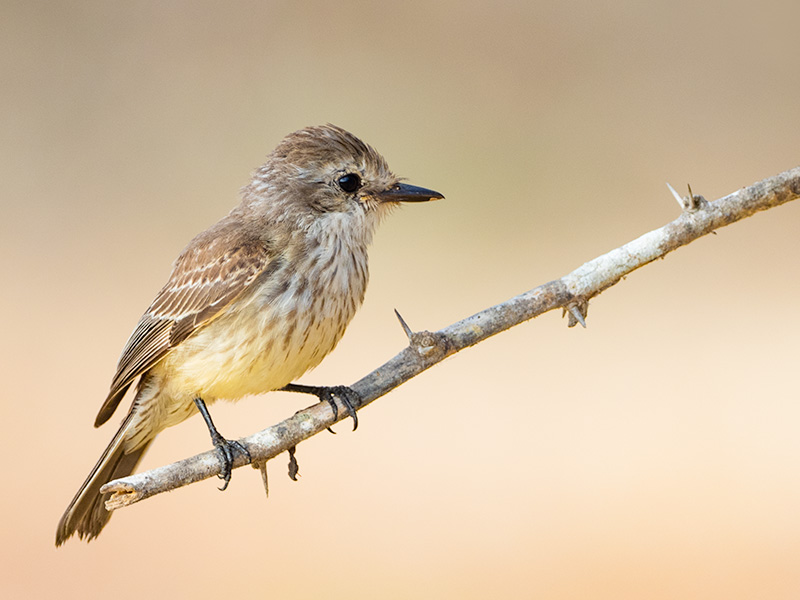
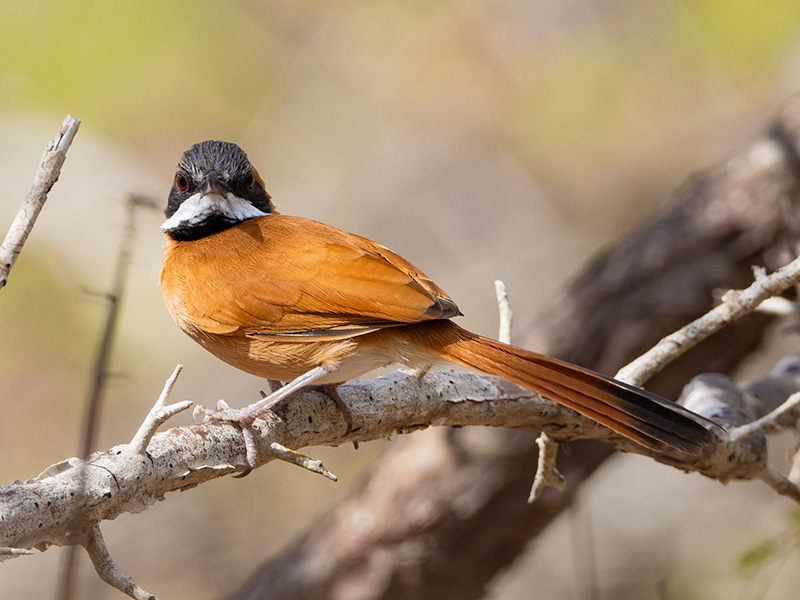
We had breakfast of fried arepa corn bread with egg at a street food stand in Camarones before doing more birding in the area and then starting the journey to our next destination the Taironaka Ecolodge in Don Diego. The lodge was reached by boat and provides basic accommodation but was set in a very beautiful location. We managed to see a few birds towards the end of the day, including Orange-chinned Parakeet, Military Macaw, Lineated Woodpecker, Keel-billed Toucan, Yellow-olive Flycatcher and Plain Xenops.
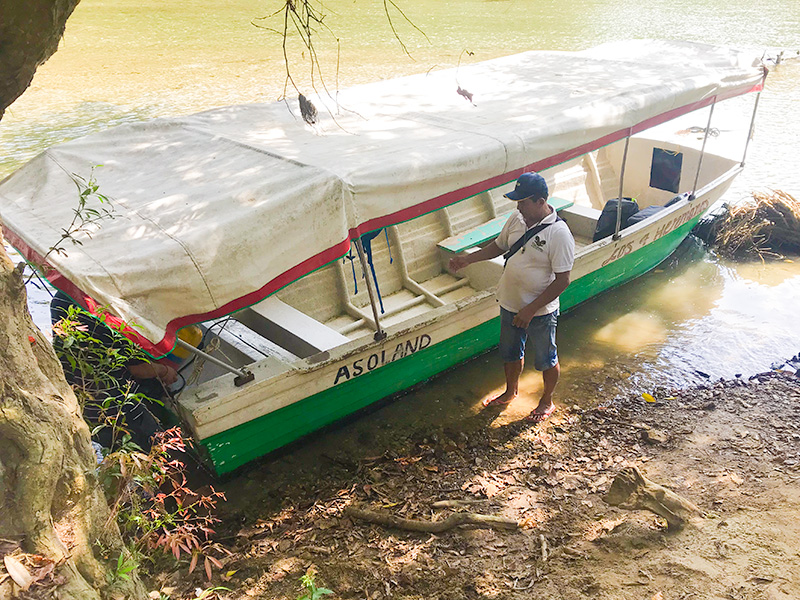
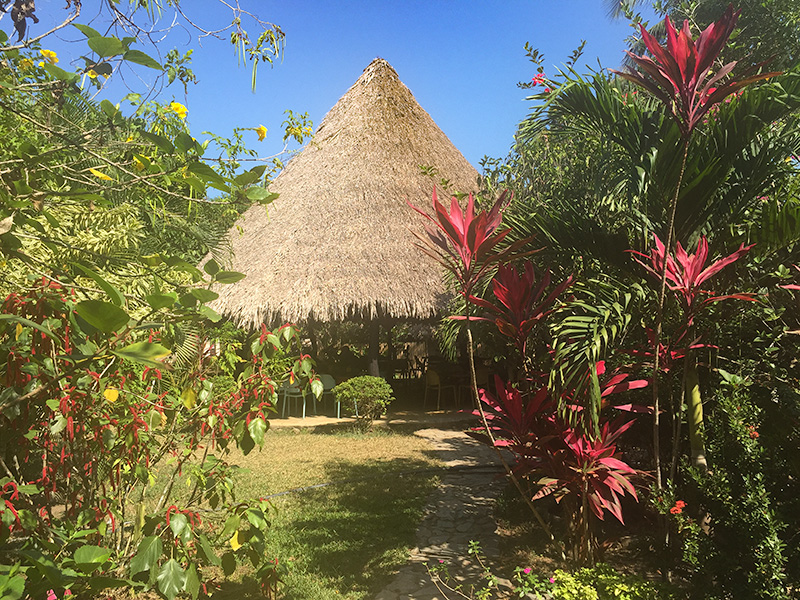
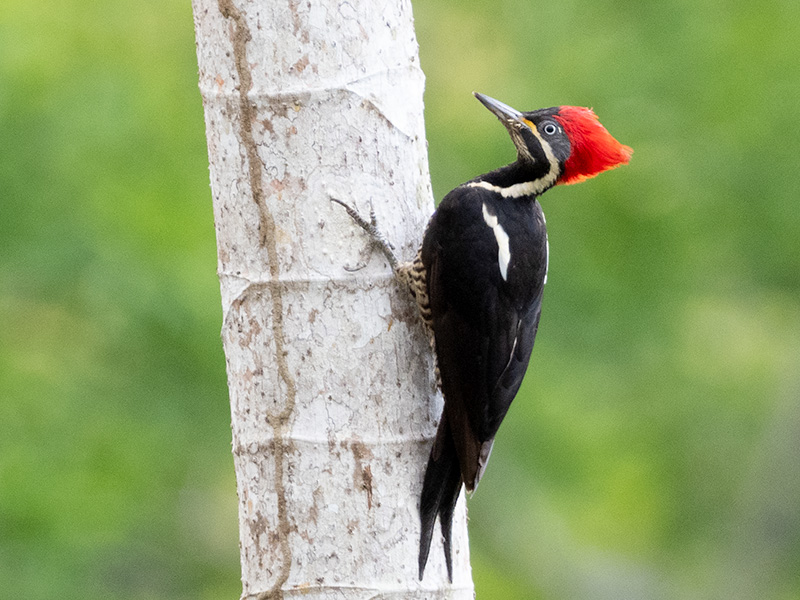
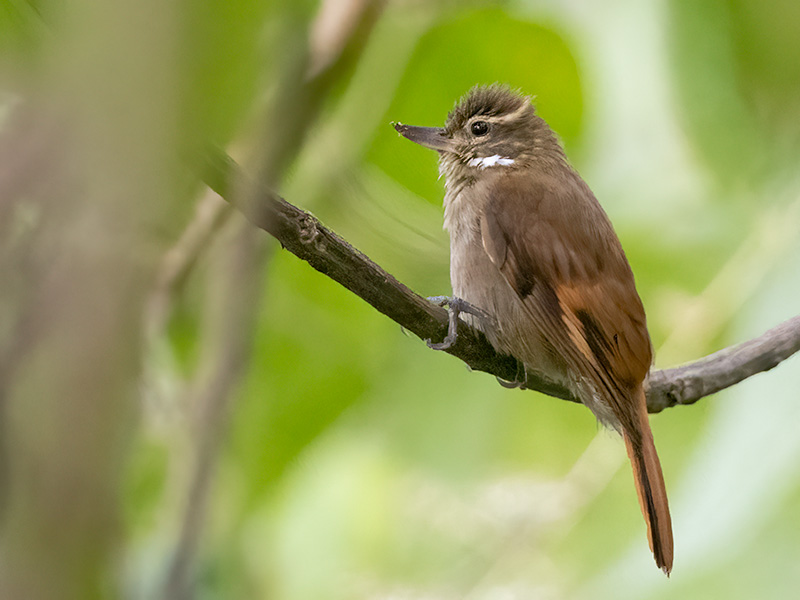
In the morning we explored some of the trails around Taironaka Ecolodge and also did some birding by the Don Diego river. The forest was bird-rich and we saw a number of species close to an army ant swarm including Grey-headed Tanager, Crimson-backed Tanager, Pale-breasted Thrush, Streaked Flycatcher, Gartered Trogon and Plain-brown Woodcreeper.
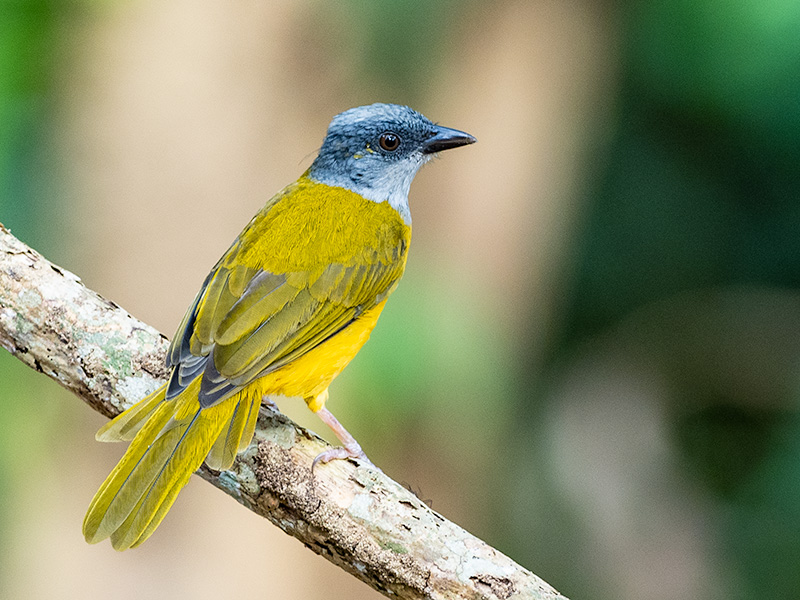
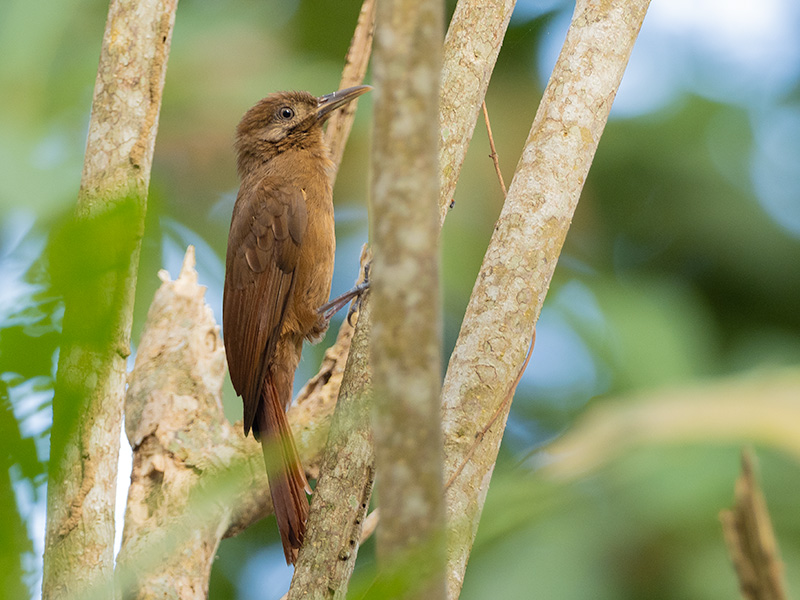
After the boat journey back towards the main coast road we had lunch at a restaurant beside the river and started the journey to our next destination, the town of Minca. There we were staying one night at the Hotel Minca La Casona, a former convent, which had an excellent balcony overlooking a number of feeders. There we saw White-necked Jacobin, Pale-bellied Hermit and White-vented Plumeleteer. We also got excellent views of the spectacular Keel-billed Toucan, which perched in a nearby fruit tree. After spending the afternoon on the balcony we had dinner in the centre of town, which was very lively on this Saturday evening.
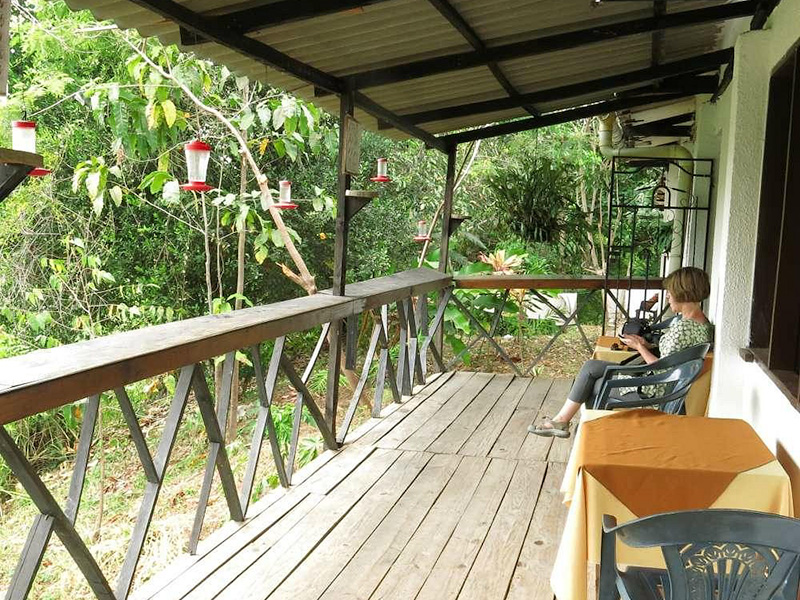
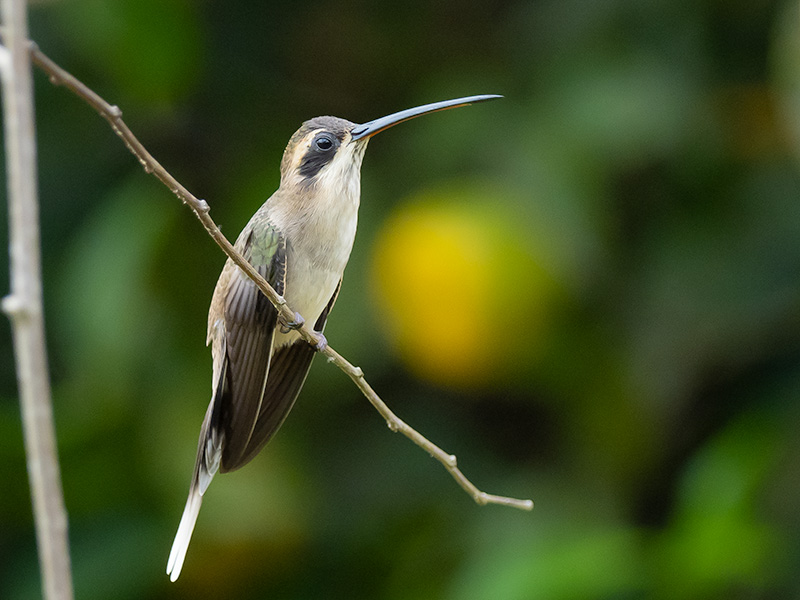
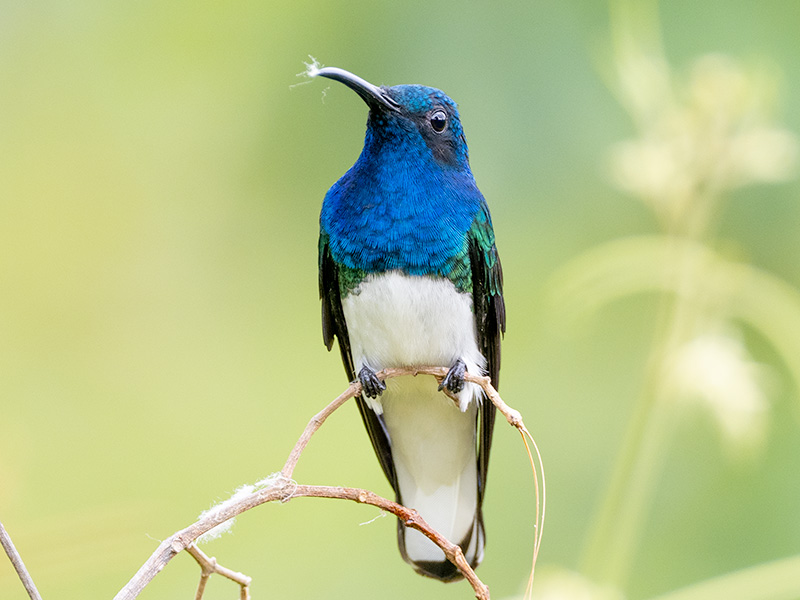
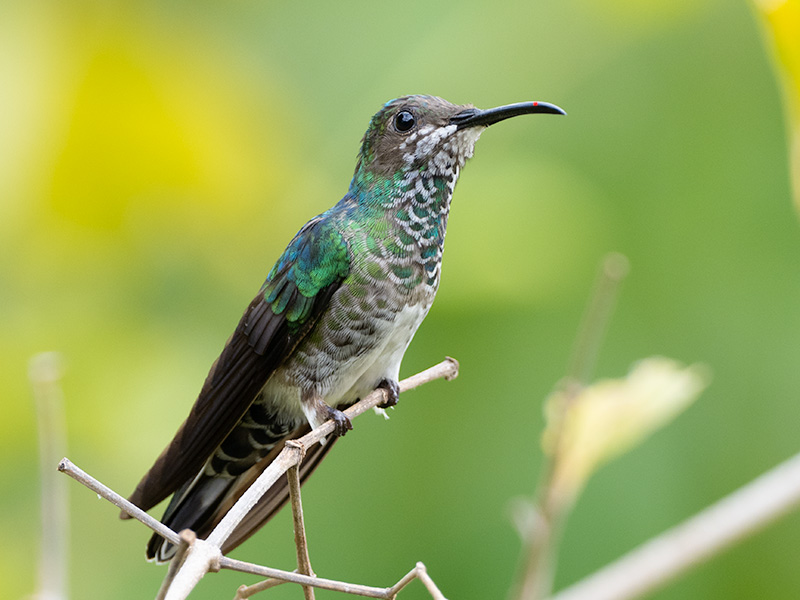
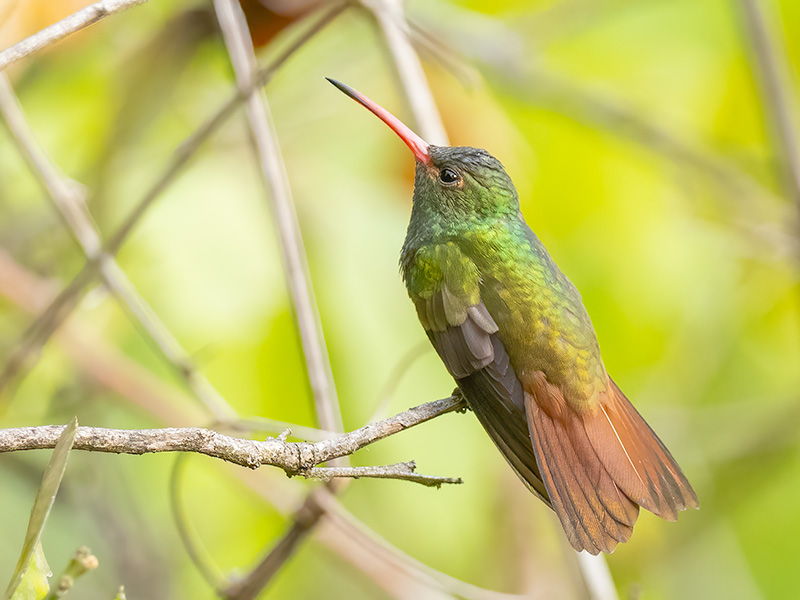
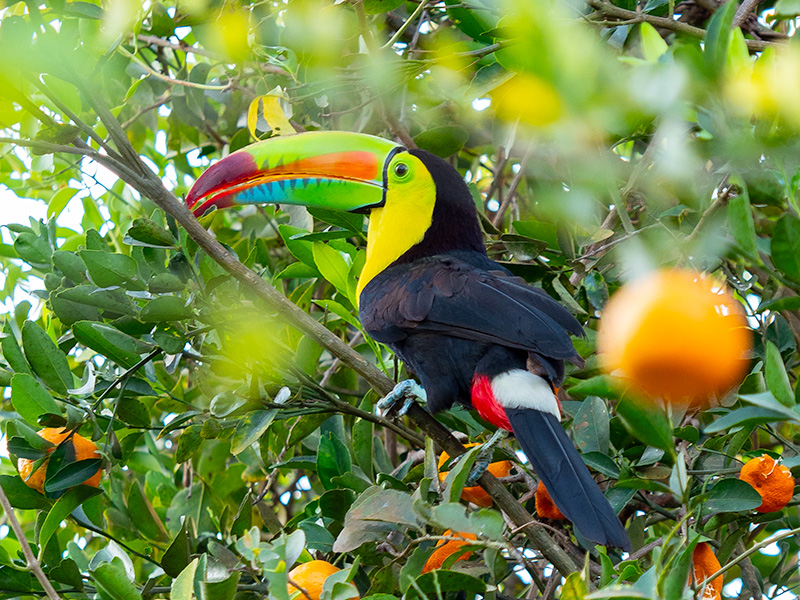
On day 6 (23 February) we did some birding to the west of Minca before starting our journey up to near the top of the Santa Marta mountains, a famous birding area that has a number of extremely local, endemic species. The road up the mountains is very rough and we had to change the vehicle we’d used since the start of our trip for a Land Cruiser with raised ground clearance. The drive up to the Santa Marta mountains was one of the highlights of the trip as we made several stops to photograph hummingbirds and other birds on colourful flowers, including near a small cafe. We saw Santa Marta Woodstar, Crowned Woodnymph, Santa Marta Brushfinch, Lesser Violetear, Santa Marta Antbird, Santa Marta Foliage-gleaner and Santa Marta Blossomcrown.
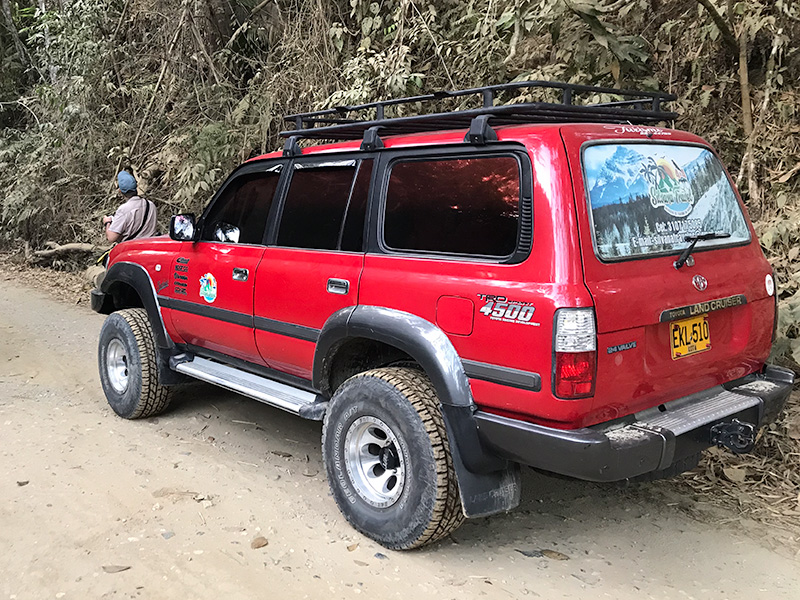
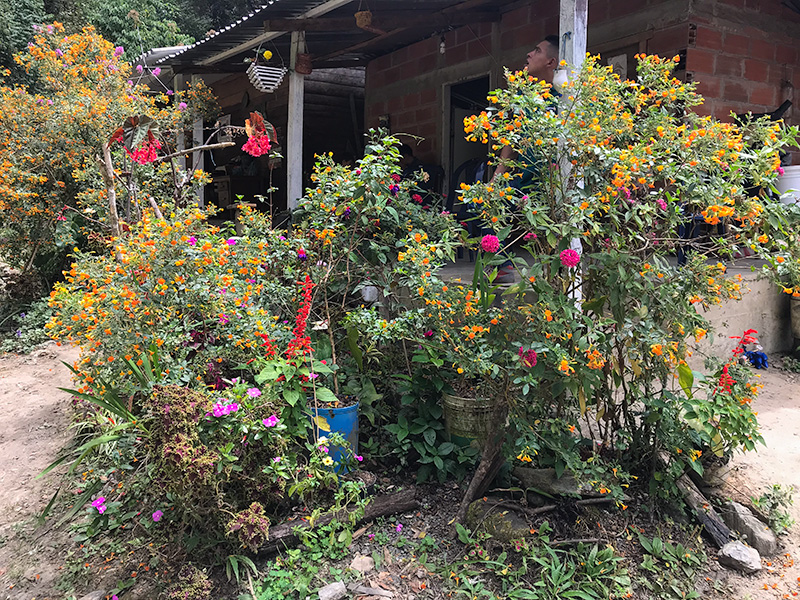
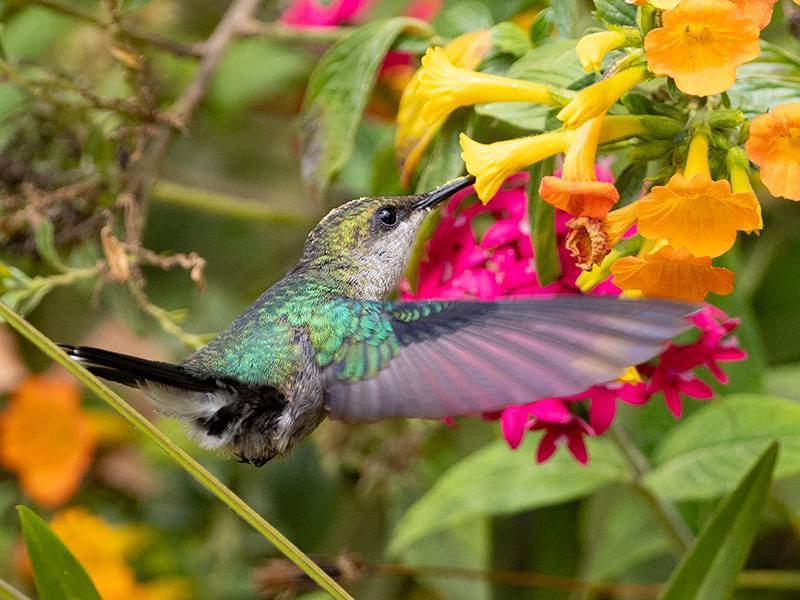
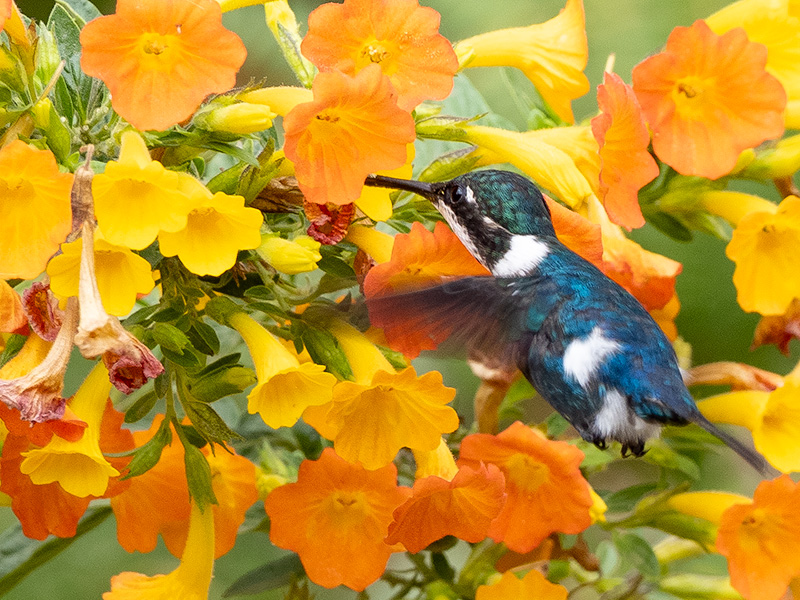

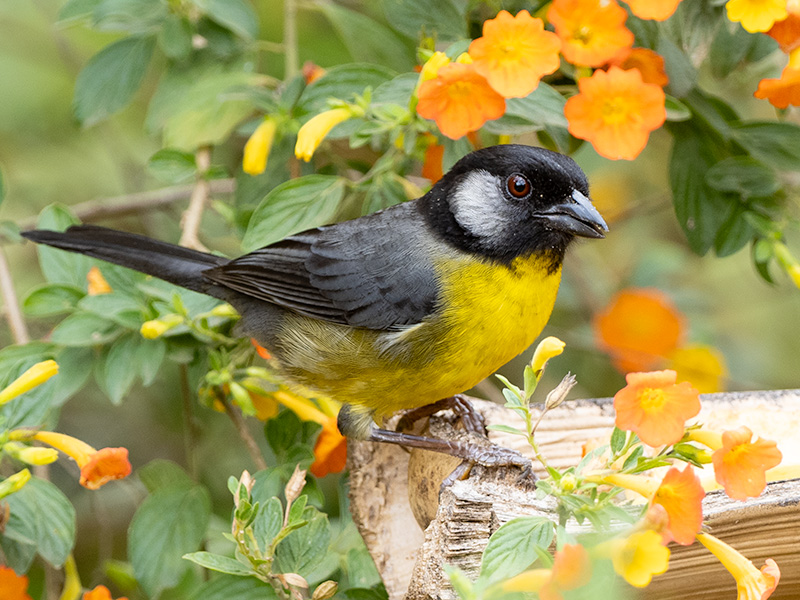
After checking in to the El Dorado Lodge, we spent time around some of the many feeders they have in the grounds. It was difficult to know what to photograph as birds were everywhere, but we got Brown Violetear, Lazuline Sabrewing, more Crowned Woodnymphs, along with Golden-breasted Fruiteater.
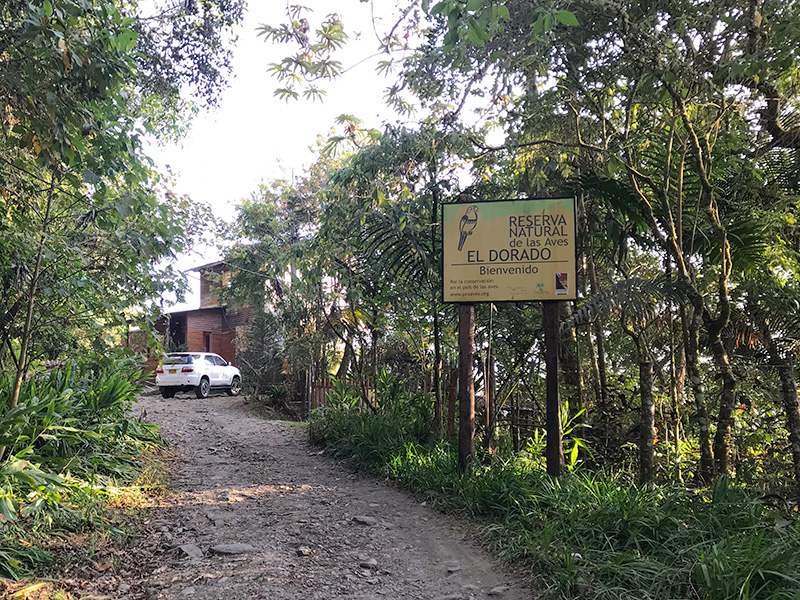
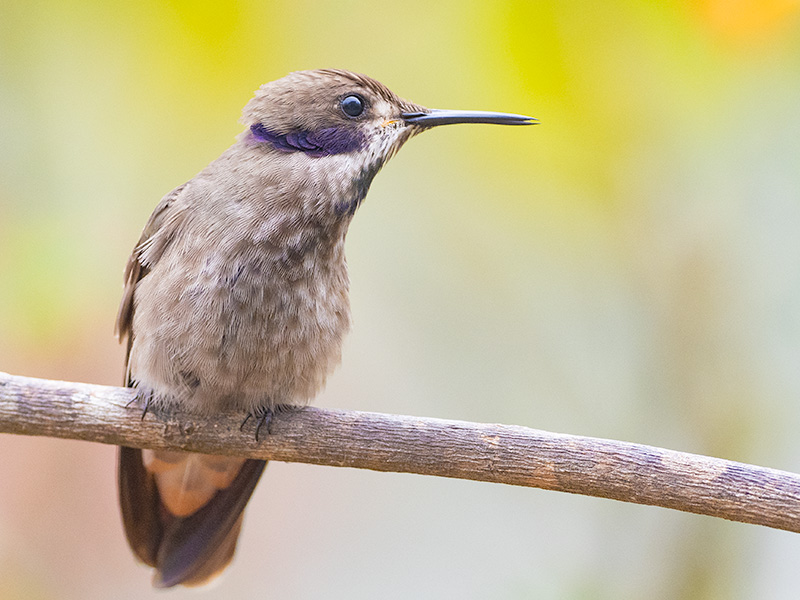
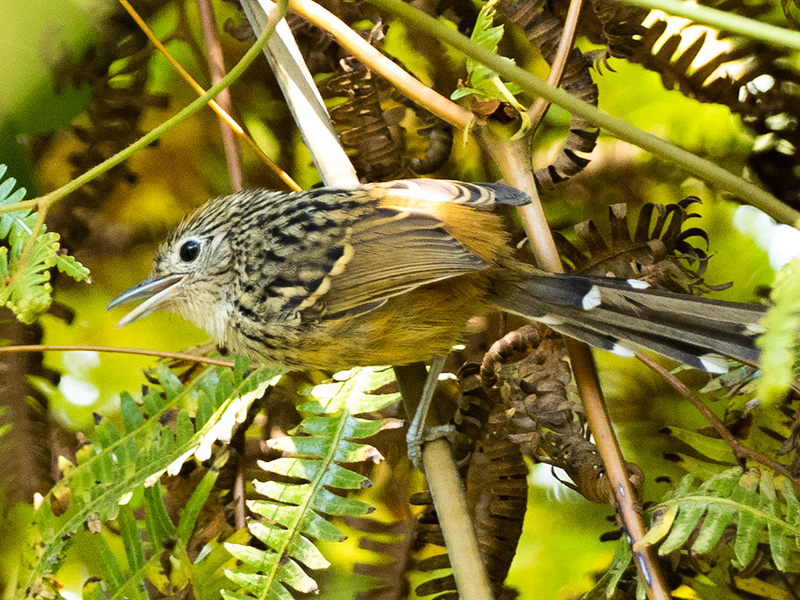
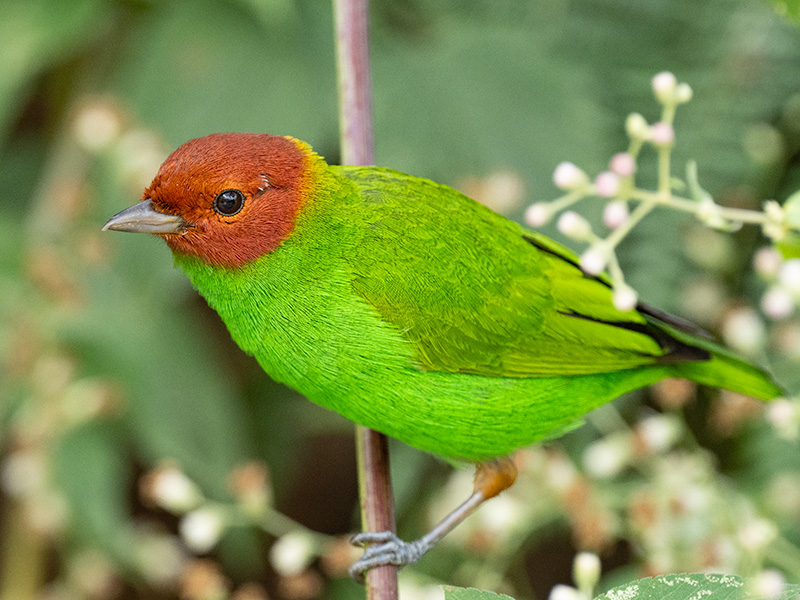
Next morning (day 7, 24 February) we had a very early start and drove up to San Lotenzo Ridge near the top of the Santa Marta Mountains, arriving there just before dawn. Photography was difficult in the early morning light and we only got record shots of the Santa Marta Warbler, Rusty-headed Spinetail and Mountain Velvetbreast. But in improving light we photographed Scarlet-fronted Parakeet, Santa Marta Brushfinch and Santa Marta Wren.
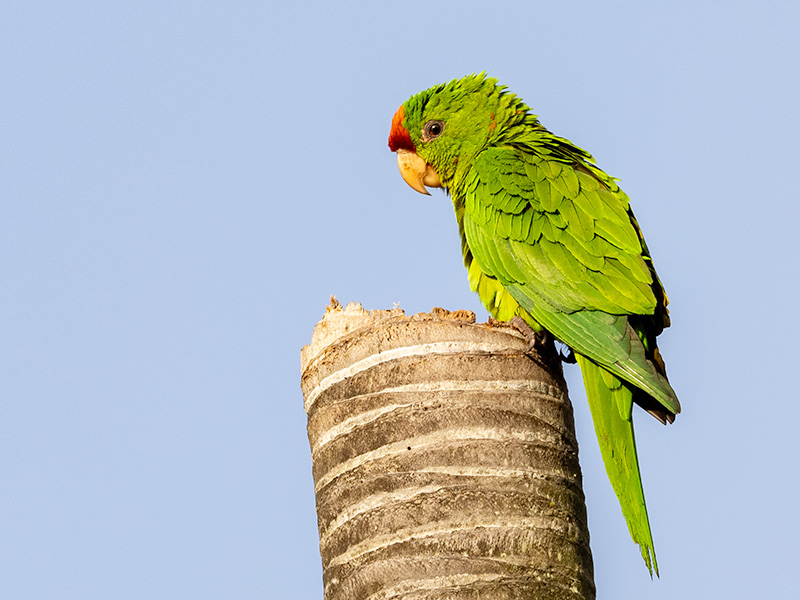
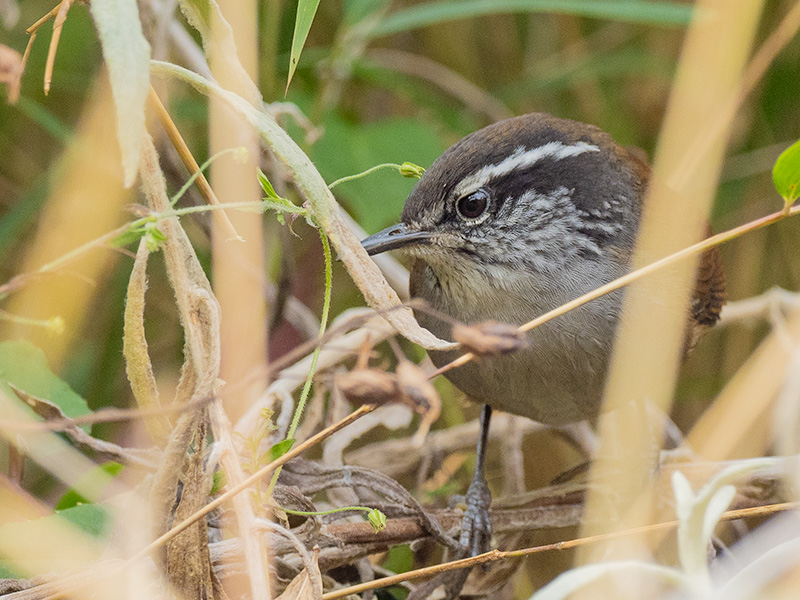
Later in the morning we stopped at the San Lorenzo Field Station where one of the staff provided food to draw in a Santa Marta Antpitta. We then headed back to the lodge for lunch, with the afternoon spent scanning the feeders in the grounds. We got excellent views of the colourful Blue-naped Chlorophonia, along with Blackburnian Warbler and Rufous-lored Peppershrike.
